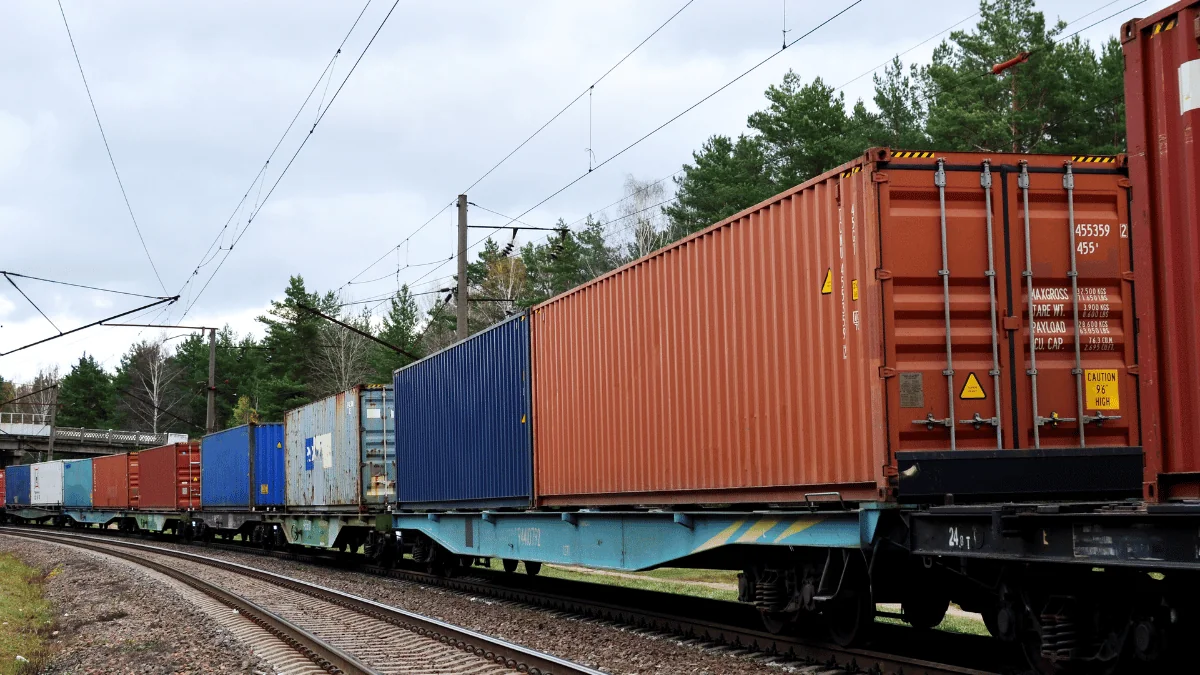
What Role Will Port Strikes Play in the Freight Market in 2025?
One significant event in 2024 was the East and Gulf Coast port strike that began on October 1st. Although the strike lasted only three days, it caused major disruptions in both U.S. and global supply chains. Ports across the United States and Canada are still working to recover from the congestion caused by the strike, but things have gradually returned to normal.
However, the situation is not fully resolved. While port workers from the International Longshoremen’s Association (ILA) agreed to suspend the strike, their contract has only been extended until January 15, 2025. If negotiations between the ILA and the U.S. Maritime Alliance (USMX) do not progress by that date, the strike may resume.
If January’s port strike happens, the world will face two consecutive delays in international trade. This could have a significant impact on the economy for months or even years to come. The freight market is already recovering from several years of recession; experiencing the effects of port shutdowns twice could lead to further instability.
With that in mind, the October and January port strikes are likely to influence the freight market this year, for better or for worse. Let’s examine some of the potential consequences of these disruptions in the global supply chain.

1. Import and Export Delays
If the East and Gulf Coast ports were to shut down, there would be an immediate backlog of imports waiting to dock. With both East and West Coast ports still recovering from the disruptions caused by the last strike, another closure would be even more catastrophic.
Additionally, shipping exports from these ports would experience delays until operations resume, forcing shippers to divert their goods through other ports on the West Coast or even in Canada. This means the East and Gulf Coast ports are not seeing revenue from their international shippers and could taint their relationships with them for good.
2. Congestion and Bottlenecks
There is likely to be a significant backlog of imported goods awaiting customs clearance if the strike in 2025 occurs. The East and Gulf Coast ports are already facing challenges from the bottlenecks caused by the port strike in October. A new strike would result in additional delays and longer wait times, both during the conflict and afterward.
Although many shippers anticipated the strike and diverted their shipments to West Coast and Canadian ports, those ports are also experiencing congestion issues. While they are generating more revenue than they did before the strikes, the freight volumes may eventually become too overwhelming for the West Coast or Canadian ports to manage on their own.
3. Inflated Costs
As with the October strike, the price of imported goods will increase once more. This is already an issue since the United States is already experiencing a surge in inflation over the past several years. However, it could worsen if imports and exports are not moving properly due to the strikes.
However, there could be a light at the end of the tunnel for this one; once products begin moving again after the strike is over, there will be an influx of goods arriving. Retailers can lower prices to remove excess inventory, which will be helpful for customers struggling with the current economic conditions.

4. Decreased Revenues for Trucks, Increased for Freight Rail Companies
Since freight volumes will be reduced during the upcoming port strike, this will lead to less work for trucks that transport goods from the ports. This includes all levels, from drayage and container to short and long-haul, that rely on trucking to complete their domestic shipping.
However, revenue for freight rail companies will be at an all-time high as intermodal shipping will take precedence over ocean-to-truck shipping. While this means rail transportation will become a saving grace for domestic shipping, it also means the sector will be busy and have to deal with congestion issues as well, even long after the strikes’ conclusion.
5. Slower Manufacturing
Because of the backlogs that are and will linger as a result of the strikes, manufacturers will be unsure whether to continue production or not. There is less demand for goods when there is a distribution delay, which means manufacturing slows down, and laborers may find their jobs in jeopardy.
This may present a problem once the strikes conclude and shipping returns to normal; manufacturers will suddenly see higher demand, which could, in turn, create inventory and labor issues that will last through the rest of the year.
6. Final Decision on Automation at Ports
The primary reason the strike was suspended instead of being terminated is that neither side involved in the conflict could reach a consensus on one key issue: automation. Ports aim to increase the use of automated systems to enhance efficiency. In contrast, port workers are advocating for the removal of automated equipment, fearing that this technology could threaten their jobs.
Regardless of the decision made about automation, the outcome will significantly influence the future of U.S. ports. Many of the world’s busiest and largest ports have already fully integrated this technology into their operations, leaving U.S. ports lagging. The resolution of this issue will shape how automation is managed in the coming years.

7. Broader Implications for Other Industries and the Economy
The port strikes are not just a concern for the logistics and transportation industry; it’s a significant issue for all sectors globally. Many industries rely on the supply chain to get supplies, equipment, and other essentials for their inventories.
For example, farmers who rely on East and Gulf Coast ports to export their crops are facing increased costs and logistical issues because of the strikes. While many are sending their crops west, the cost of sending them there is difficult for farmers to meet, which leaves them with high inventories and no place to go.
The port strikes will absolutely cause problems for the economy during and afterward. Add in the unresolved issues from Hurricanes Helene and Milton brought to the south and the incoming presidential turnover, and you either have a recipe for economic disaster or a temporary blimp that could resolve itself if the new presidential cabinet is able to find solutions for the financial issues plaguing the US.

Strikes at East Coast and Gulf Coast ports could disrupt the freight market significantly, potentially lasting into 2025. This may result in delays in imports and exports, increased congestion, inflation, and shifts in transportation revenues, affecting various industries reliant on timely deliveries.
While sectors like freight rail might see increased demand, the long-term economic impact could hinder the supply chain’s recovery. The resolution of current issues, particularly related to port automation, will shape the future operations of U.S. ports.
Regardless of the outcome, companies need to prepare for potential volatility and adjust their strategies to navigate the evolving landscape. With so much at stake, the coming months will be critical in determining the full extent of the disruptions and the speed at which the freight market can recover.

